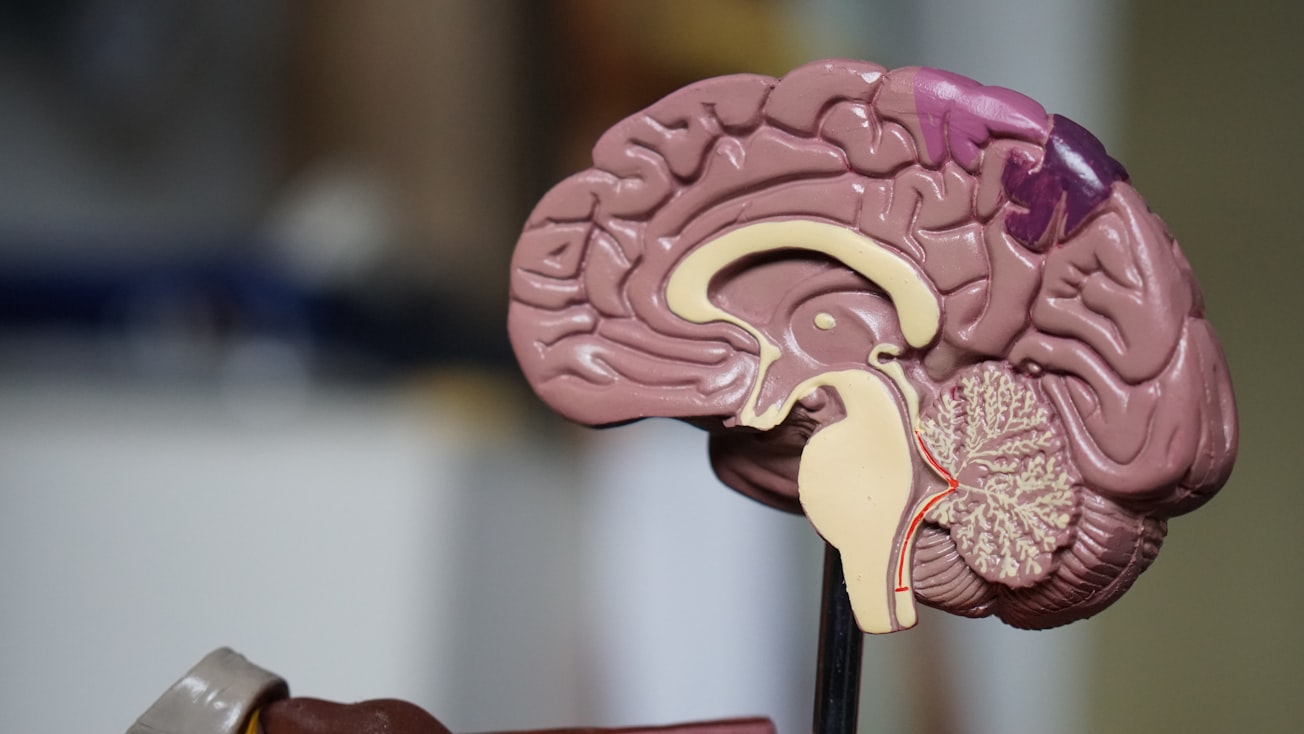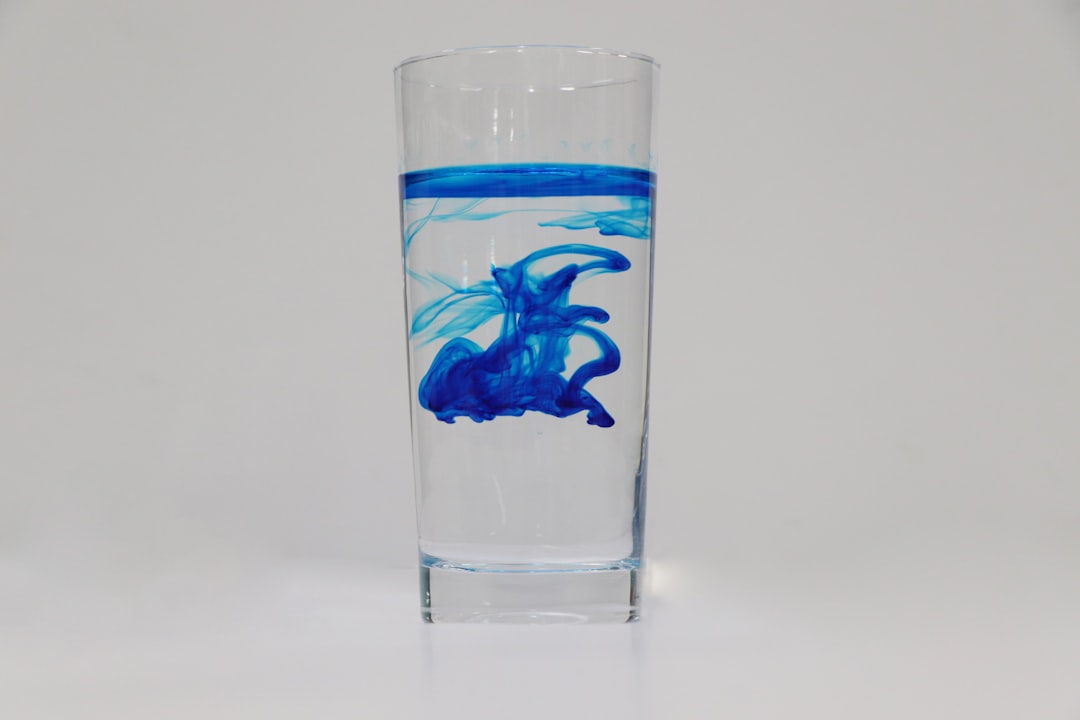What is it about?
We survey well-established models of reaction-diffusion type for studying brain tumours growth by discussing biological background and mathematical properties. We also give a variational formulation that opens the possibility of alternative derivations and modifications of the models. Moreover, we perform full 3-dimensional simulations of the tumours in time on two types of set-ups, the 3d Shepp-Logan phantom and an MRI T1-weighted brain scan from the Internet Brain Segmentation Repository (IBSR), and for both low and high grade glioma.
Featured Image

Photo by Robina Weermeijer on Unsplash
Why is it important?
The reaction term is such that we have logistic growth. These simulations are obtained using standard finite difference discretisation of the space and time-derivatives with novel calculations to increase speed and accuracy, generating a simplistic approach that performs well. In fact, simulations show how the tumour deforms when it reaches regions into which it cannot grow further.
Read the Original
This page is a summary of: Numerical simulations in 3-dimensions of reaction–diffusion models for brain tumour growth, International Journal of Computer Mathematics, April 2019, Taylor & Francis,
DOI: 10.1080/00207160.2019.1613526.
You can read the full text:
Contributors
The following have contributed to this page










